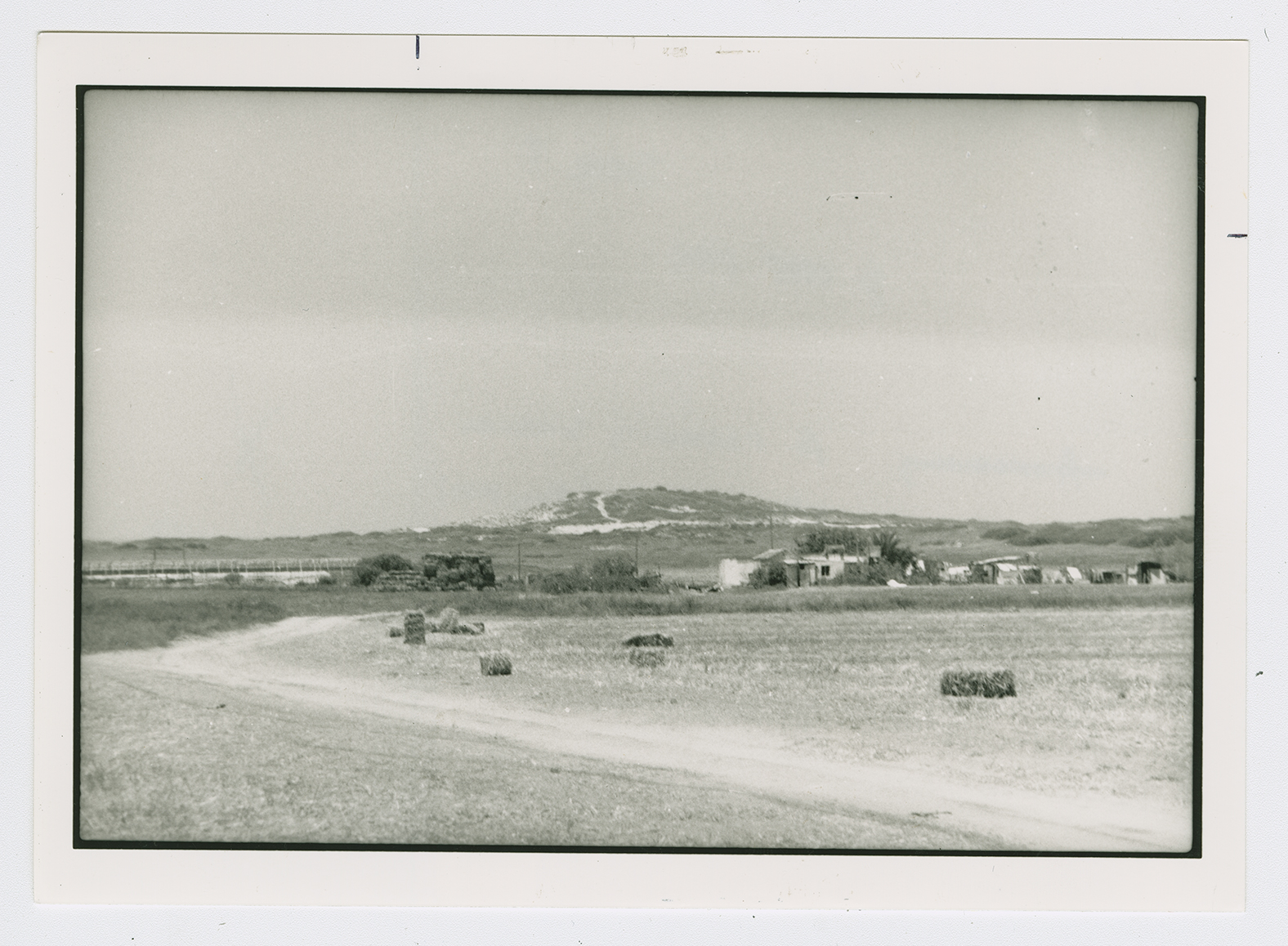The village was located on flat terrain on the southwestern tip of Haifa sub-disctrict. Its northern border was approximately 2.5 km south of Wadi al-Mafjar and its southern border was nearly 1 km north of Wadi al-Iskandaruna. The village had two small ponds or birkas. The larger one, Birkat Ata, was located in the southeast portion of the village lands, while the smaller, which was known as Birkat al-Sanakhiyya, was located in the central area. Most of the village houses of Arab al-Nufay'at were built of mud and stone. The economy of the village was based primarily on animal husbandry and agriculture. Its most important products were grain and citrus. In 1944/45 the villagers were growing citrus on 176 dunums of public land. The village lands also contained a number of historic sites and khirbas.

